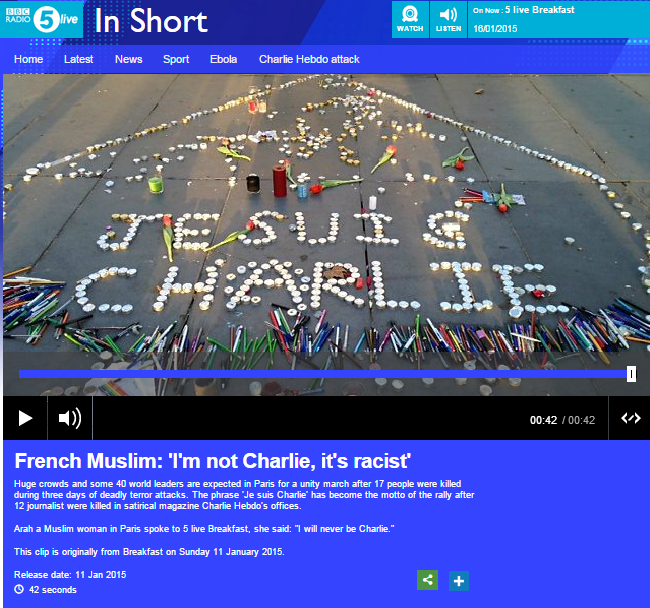1) At Tablet magazine Liel Leibovitz has been ‘Debunking the latest claptrap on American policy and Israeli settlements’.
“You’re free to like President Trump or dislike him. You’re free to consider his latest Middle East policy move to be a welcome bit of truth-telling, or a political maneuver to help Bibi, or a rash and potentially ruinous bit of grandstanding aimed at evangelical voters in the US. But one thing is abundantly clear: By promoting the false narrative about the president reversing 40 years of American policy, it is Trump’s credulous critics who are using their ignorance of history to push a radical viewpoint that was widely and repeatedly rejected by actual US policy makers for the vast majority of the past four decades.”
2) Raz Zimmt of the INSS provides an initial assessment of the recent protests in Iran.
“Protests have been underway across Iran since November 15, 2019 in the wake of the government’s decision to increase gasoline prices sharply and ration gasoline consumption. These moves reflect the intensity of the economic crisis facing Iran following the re-imposition of sanctions. The government, which had previously backtracked on its intention to implement economic austerity measures out of fear they would lead to a resumption of popular protests, found itself having to take a calculated risk in an attempt to boost its ability to weather the effects of the sanctions. On the political level, the government’s decision may further weaken President Rouhani’s already shaky public and political status, especially ahead of parliamentary elections in early 2020. At this point, the regime appears to have significant repression capabilities and be ready to use them if and when necessary. However, the protests sharpen the dilemma faced by the authorities who are committed to austerity and streamlining measures, but fear the intensification of popular protests.”
3) At WINEP, Hanin Ghaddar examines the implications of the protests in Lebanon.
“For a month, nationwide protests have swept Lebanon due to deteriorating economic conditions and the persistent corruption of the ruling class. Two weeks into the protests, Prime Minister Saad Hariri resigned. When asked to form a new government, he faced a deadlock because he sought one composed of independent technocrats. This type of government is what the protestors are demanding; it is also a requirement for outside financial assistance to Lebanon. No other outcome would generate confidence at home or internationally. Yet it is still unclear who will form the new government, and none of the names proposed so far are suitable given that current authorities are still influenced by Hezbollah.”
4) Also at WINEP, Assaf Orion documents ‘Hezbollah’s Campaign Against UNIFIL’.
“In summer 2006, the United Nations passed Security Council Resolution 1701 with the goal of ending the war between Israel and Hezbollah and preventing a recurrence. Among its terms was an expansion of the UN Interim Force in Lebanon, a multinational peacekeeping body created in 1978. UN reports over the past thirteen years have emphasized the general calm in southern Lebanon—but calm does not mean safety and security. Since the 2006 war, Iran has invested billions of dollars in building its Lebanese proxy military force, Hezbollah, throughout Lebanon, including in the south. Hezbollah, in turn, has carried out a relentless intimidation campaign against UNIFIL forces, seeking to undermine their mission and prevent its own exposure. An August 2018 attack by the group near Majdel Zoun, which included seizing peacekeepers’ weapons and setting fire to their vehicles, epitomized Hezbollah’s modus operandi.”


